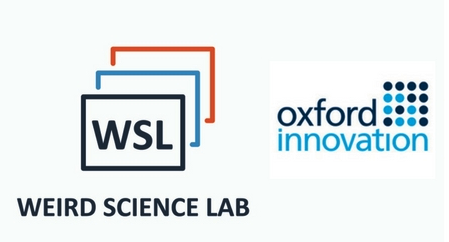Meta Says Full-body Tracking Probably Not Viable with Inside-out Headsets, but Fake-Legs is a Stopgap
“Tracking your legs accurately is super hard and not workable just from a physics standpoint with existing headsets [that use inside-out tracking],” says Andrew Bosworth, Vice President of Meta Reality Labs, in his latest Q&A. Since both outside-in and inside-out body tracking systems seem to have their challenges when it comes to providing a more authentic experience in the VR world.
While outside-in tracking systems require an additional outside camera to track your movements, often unable to include legs, VR headsets are becoming smaller and smaller, limiting the ability to track all of your body parts. Inside-out systems are more about costs and less about physics, as the tracking system uses an additional outside camera set-up to track your whole body, bringing other expenses. However, these are the hardships of first-generation technologies and can be improved with technologies catching up with the ideals. Maybe, we won’t have to be bound to the gap-filler fake legs and technological solutions.
We can have more than visual stimulations; we can simply have a different world.
The hardware is becoming increasingly sophisticated and merged with software. This is an astounding development for STEM education, as the experiential learning process it requires won’t be confined only to a visual and half-auditory experience soon. AI, haptics, holograms, and next-generation goggles can add to an experience similar to real-life labs. Inclusion of all five senses for a full-sensory experience is the key to ensuring quality STEM education, as all subjects within depending on a positivist nature.
When it comes to full-body tracking, just like an outside-in approach, we might see AI-integrated haptic full-body suits that ‘talk’ with the goggles to ensure monitoring of the whole body in its entire actuality. Or, like an inside-out approach, we can create classrooms equipped with holograms while with haptics that can interact with these 3D forms to create an alternate world in our natural world. The possibilities with existing tech being further developed, both within themselves and cross-sectionally, can result in various advanced AR/VR STEM education techniques that can bring our classrooms not only interactivity and a sense of reality but also equality through reducing costs of STEM for institutions worldwide.
The WSL Vision
WSL envisions a future where the financial barriers between different educational institutions and students worldwide will be bridged up by the obstacles between VR software and hardware dissolving. The company believes that the accelerated advancement of these other technologies can help the STEM curriculum come to life in a much more interactive and engaging manner, increasing the achievement levels by providing a much more neurologically sound and natural learning process.

